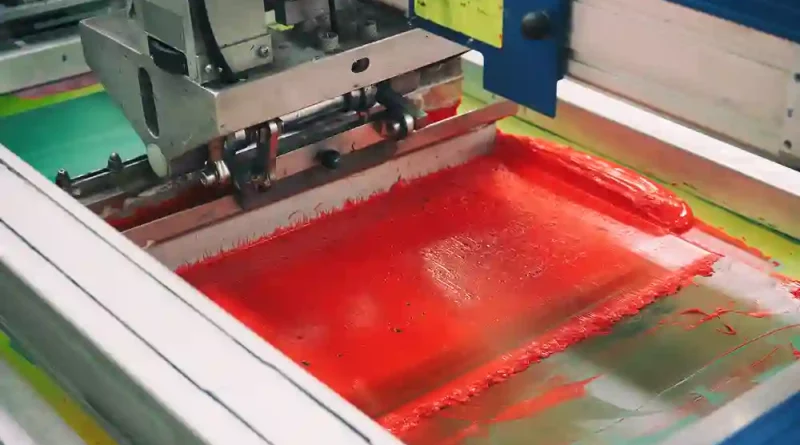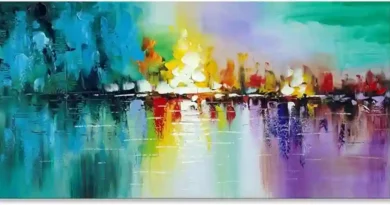Custom T-Shirt Printing Jacksonville FL
Custom T-Shirt Printing Jacksonville FL is an innovative and affordable way to make unique shirts for your team or event. They are also a great way to raise awareness about a cause or spread your business’s message.
The global market for custom t-shirt printing is growing rapidly due to the increasing popularity of customized clothing. This is especially true for the young population. They have an increased disposable income and are increasingly purchasing apparel with slogans or logos printed on them.
Screen Printing
Screen printing is a popular method of creating custom t-shirts. It uses a mesh screen to print on fabrics or paper using plastisol inks. The process is a manual one, but you can do it at home with a few simple supplies.
A stencil is created from the design and a light-reactive emulsion is added to the screen. This emulsion blocks the ink from passing through certain holes on the screen, leaving behind a printed image on fabric or paper.
Once the emulsion has dried, the screen is washed to remove any remaining emulsion. Some larger printworks use large tubs of special cleaning fluid or acid to remove the emulsion, while smaller printers may simply use a water trough or power hose.
The screen is then mounted to a printing table with hinges and attached to a squeegee. A squeegee is a rubber blade that pushes ink through the mesh screen to give a more vibrant and detailed effect. A firmer squeegee is ideal for more intricate designs, while a soft squeegee works well with less detail.
Direct to Garment Printing
Direct to Garment Printing, also known as DTG printing, is a modern way to customize your apparel. It uses water-based inks that quickly soak into the fibers of the fabric, allowing your design to last longer and stand up to multiple washings.
DTG is a great option for custom t-shirts that display complex graphics, including intricate designs and photo collages. It can also be used to produce high-resolution t-shirt Prints R Us that are more durable than screen printing designs.
Another advantage of DTG is that it allows for a wide range of color choices. It is cheaper than screen printing, and it can be a good choice for small-run, fast-turnaround jobs or for custom t-shirts with variable data.
DTG printing is a great option for independent t-shirt shops who want to save time and money while still offering high-quality custom shirts. It is also a good choice for companies that need to order large quantities of t-shirts for events, fundraisers, or special occasions.
Heat Press Printing
Heat Press printing is a great way to add your custom designs to clothing, bags, and other items. It’s easy to use and is a great alternative to screen printing if you have a small or medium-sized print run.
Unlike screen printing, heat transfers do not require a mesh screen and are perfect for detailed graphics or photos that you want to print in full color. They are also ideal for printing on non-porous items and are much faster than screen printing.
The process of printing your design with a heat transfer involves the following steps:
Gather Your Supplies
First, you need a computer with graphic design software and a printer. Next, you need a heat press and some heat pads (usually made of heat resistant foam or silicone rubber). Finally, you’ll need some heat tape to hold the transfer paper in place on your product.
Dye Sublimation
Dye Sublimation is a unique printing process that creates high-quality images on a variety of materials, including fabric, glass, metal, and mugs. This process uses heat to transfer the image from a transfer paper to the material, bypassing the liquid phase of traditional printing.
It is a popular option for companies that want to use colorful, high-resolution graphics for their apparel and custom signage. Unlike screen printing, dye sublimation doesn’t require a stencil and allows for more creative designs.
The dyes used in this printing method are vaporized into a gas at high temperature and enter the pores of the fabric. When the temperature cools, the pores close and the gas reverts to a solid state, trapping the dye into the fibers of the fabric. This results in a more durable and long-lasting product than traditional methods of print such as screen printing.




